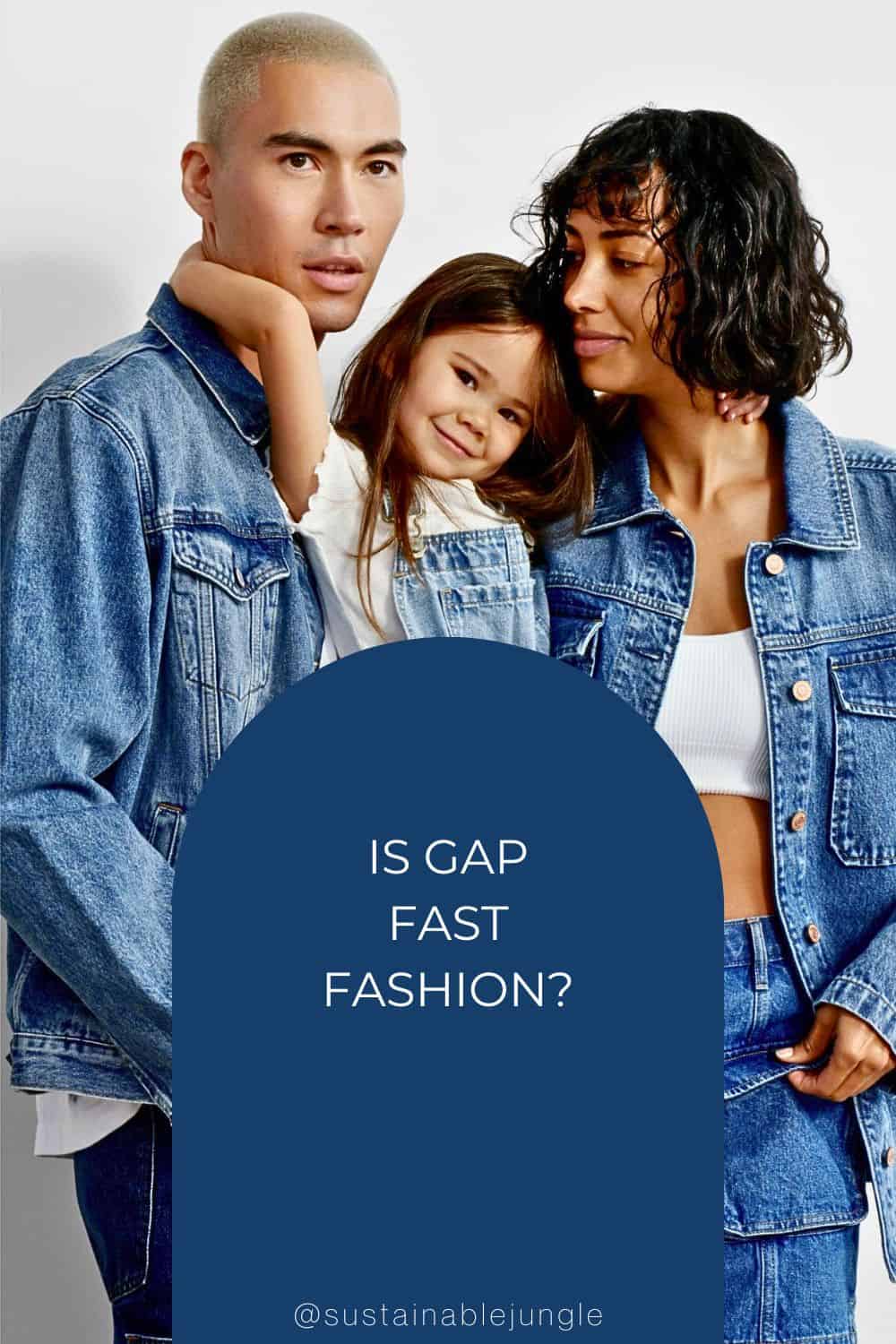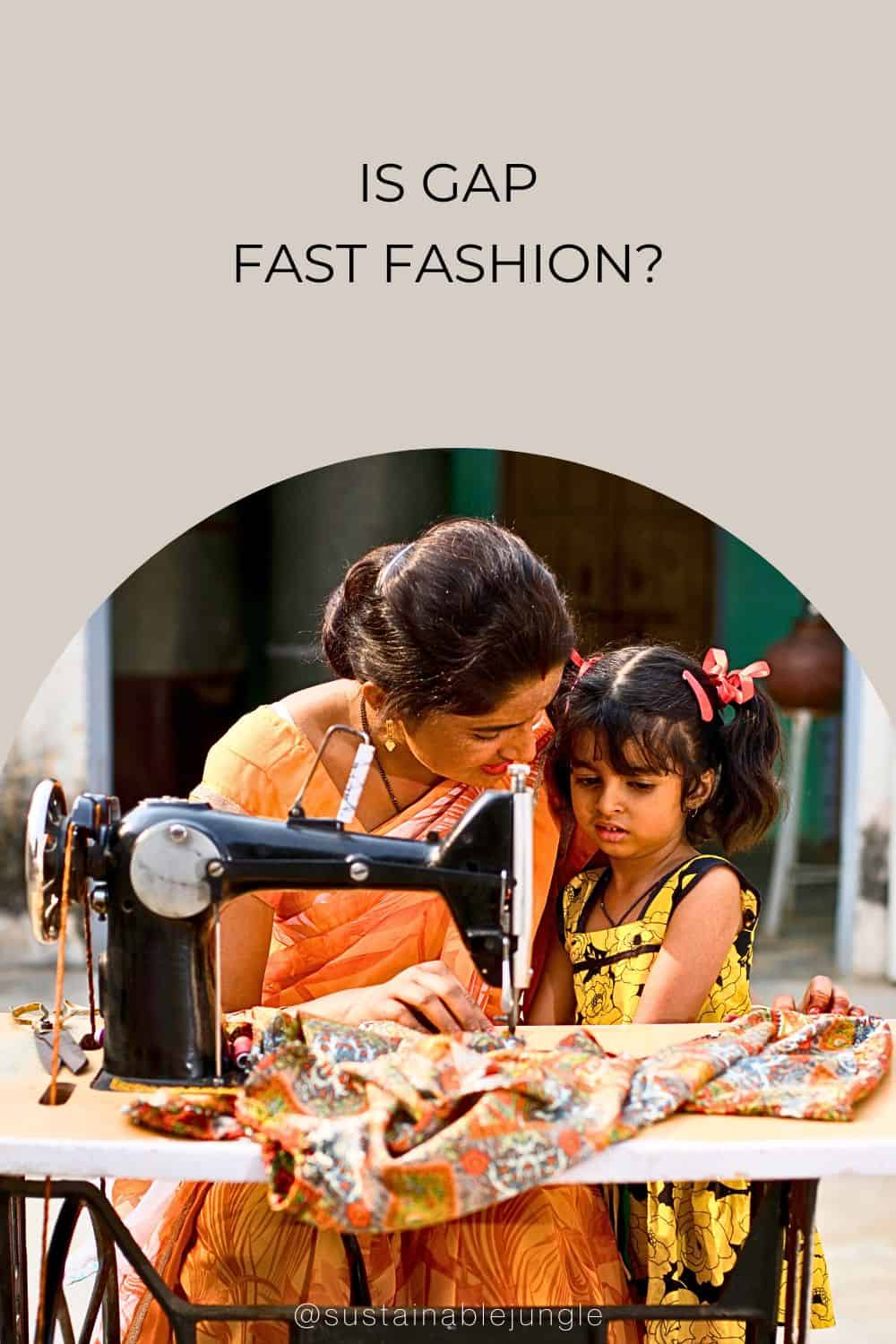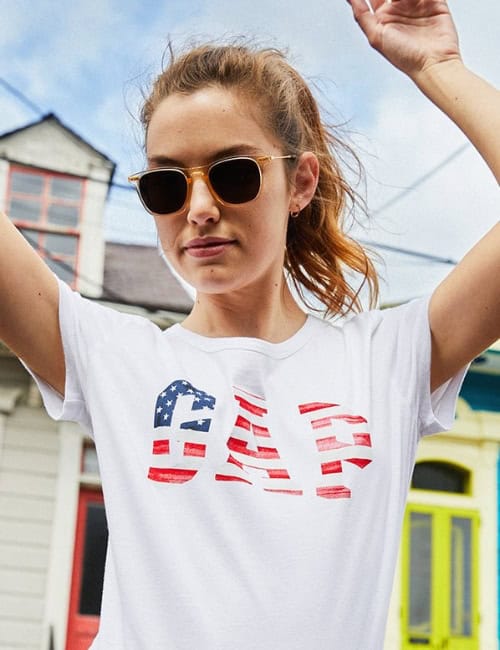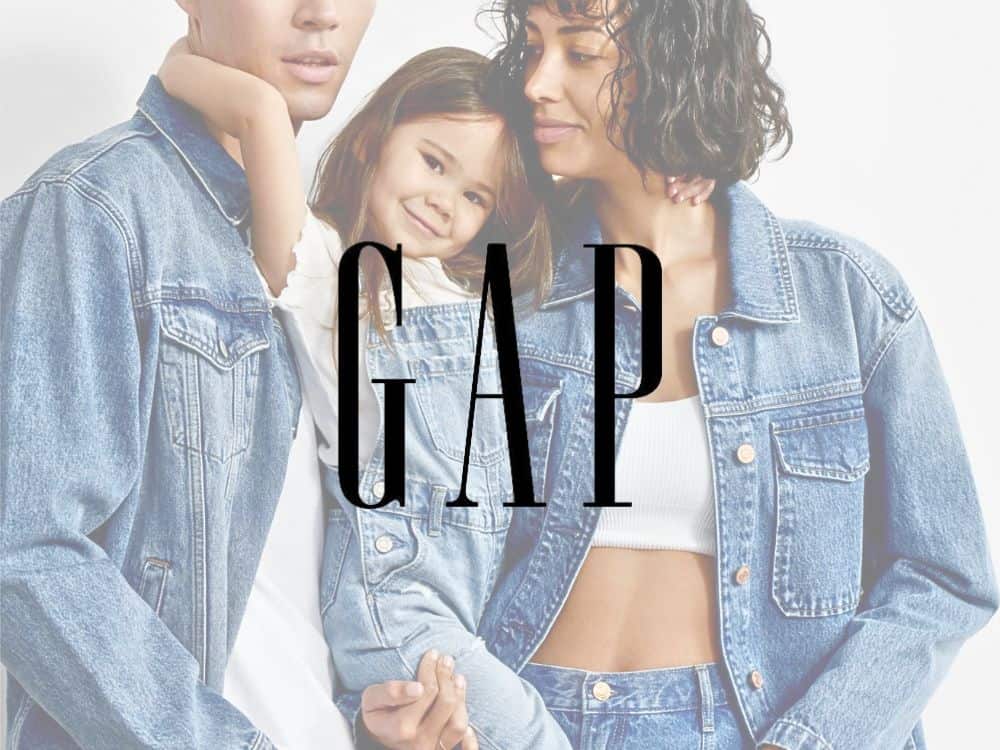
Is Gap Fast Fashion?
Most of us have seen Gap, whether it’s walking through a mall or hearing the retailer referenced in movies and TV shows. It’s known for affordable denim and accessible styles for men, women, and children.
With its name standing for “generation gap,” it’s no surprise we would question this brand’s manufacturing processes to see if they meet today’s standards.
So, is Gap fast fashion? Or are they on their way to crossing the huge gap that separates fast fashion brands to avoid from more conscious closet curators.
Uncovering Why Gap Is Fast Fashion
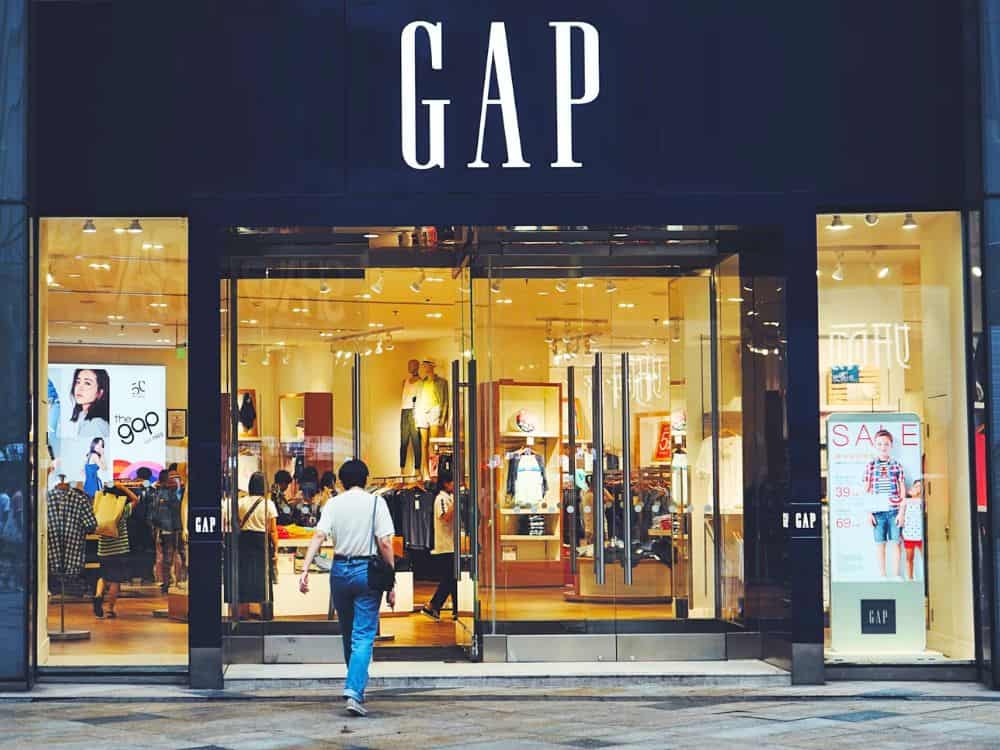
Gap Inc., commonly known as Gap, is one of the largest specialty retailers in the world.
The company was started in 1969 by Donald Fisher and Doris F. Fisher, with its first store in Ingleside, San Francisco. Initially, Gap focused on selling jeans and music, successfully aiming to attract the younger generation. By 1973, the company had expanded to over 25 locations.
Throughout the 1980s and 1990s, Gap expanded its product lines and established itself as a key player in the retail industry. In addition to its flagship brand, Gap also launched and acquired other brands, including Banana Republic, Old Navy, and Athleta, each catering to different market segments.
Banana Republic is known for its upscale, trendy apparel; Old Navy offers affordable fashion for families; and Athleta specializes in athletic wear for women. Each brand has carved out its niche, contributing to the overall strength and diversity of Gap Inc.
By 2018, Gap Inc. operated nearly 3,700 stores across 43 countries, making it a global retail powerhouse, even after the closure of some brick-and-mortar locations after that date.
With four different, majority popular brands under its belt, all of which emphasize huge catalogs and ever-changing designs—the two biggest hallmarks of fast fashion—we have to wonder: is Gap a good brand?
Gap Controversies
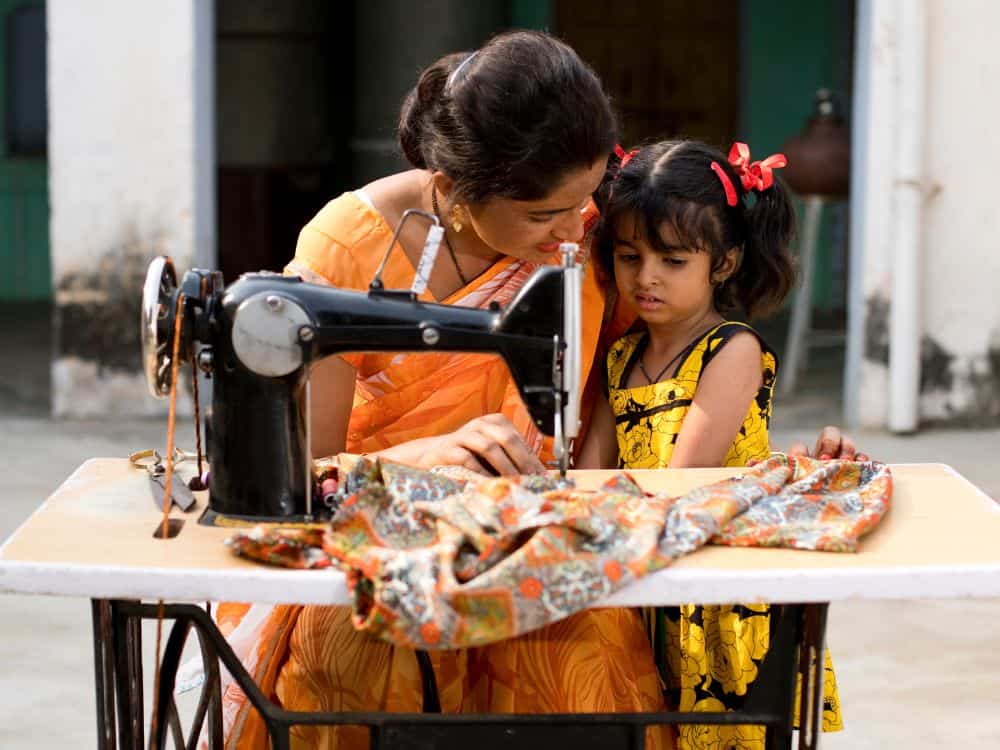
Like most large retailers, Gap Inc. has faced its fair share of criticisms and backlash over the years. Here are some notable moments in the brand’s history to give you a preview of some controversial Gap unethical practices.
Racist Advertising
In 2016, Gap Inc. faced backlash for an advertisement in its GapKids Campaign. The advertisement featured members from a youth performance group. One 12-year-old caucasian girl can be seen leaning her arm on another member, who is black, and her adopted sister.
Gap faced criticism for “passive racism” and promptly pulled the ad from the campaign in the following days.
Problematic T-Shirts
In 2018, Gap Inc. received criticism at an international level for a t-shirt lifted online that depicted a map of China that doesn’t display Taiwan, South Tibet, or the South China Sea. Gap quickly apologized, claiming it respected the territorial integrity of the country.
They quickly pulled these products from shelves in Chinese markets, but some critics claimed they were still available online.
Tactless Tweets
Gap made a misstep in the eyes of consumers in 2020 after a poorly timed tweet that tried to bolster political communities by showcasing a half-red, half-blue sweatshirt. The tweet read, “The one thing we know, is that together, we can move forward.”
This caption was seen as naive and insensitive during the presidential election. The original tweet had over 700,000 views before the Gap team deleted it.
Kanye West Partnership
Gap formed a partnership with rapper Kanye West in 2020, but what was going to be a long-term 10-year deal ended abruptly in 2022.
The retailer removed all Yeezy Gap items from its locations and online stores during the backlash over antisemitic remarks by Kanye West.
Child Labor
Gap Inc. was part of a child labor controversy in 2007 when Britain’s Observer newspaper reported it found children as young as ten working in a New Delhi factory. To make matters worse, these children had been outright sold to the sweatshop by their impoverished families and were not compensated for their labor.
Gap reacted by explaining the factory was being run by a subcontractor who hired out in violation of Gap’s policies, then cut all ties with the factory and subcontractor and ensured none outfits products were sold in Gap stores.
Gap Ethics Are Improving (But Not Enough)
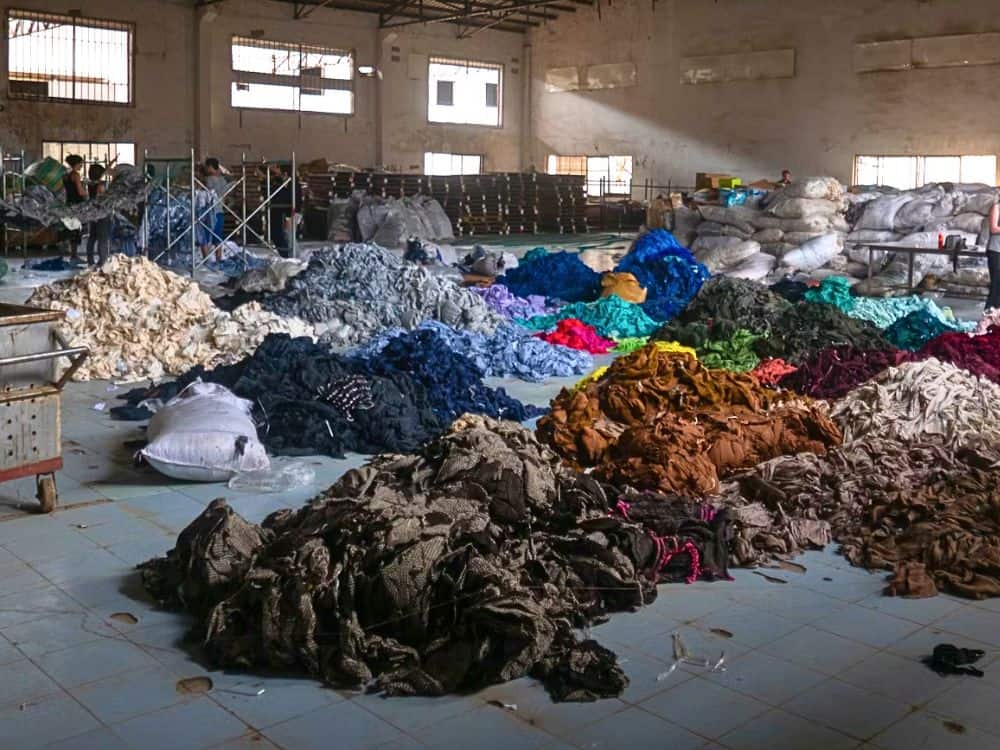
Is Gap ethical?
The short answer is no. Gap Inc. has had countless labor and human rights issues ranging from child labor to sexual harassment—not all of which were responded to with near the expediency of the (highly publicized, we might add) Indian child labor incident.
Gap Sweatshops & Unethical Working Conditions
Gap hasn’t selected the best suppliers and business partners in the past, which, as they did with the child labor scandal, they often pass the blame off on their subcontractors acting against the brands own policies.
But in our eyes, this is a flimsy excuse for a problem that could easily be solved by Gap prioritizing any degree of traceability and transparency or more thoroughly auditing and monitoring their supply chain.
One of Gap’s darkest secrets was revealed in 1999 when reports came out that employees in Saipan were in sweatshop conditions, not being paid overtime, and being subjected to forced abortion.
One of their suppliers, Western Factory in Irbid Jordan, had adult and child employees working over 100 hours weekly in 2006 (just one year before the Indian child labor scandal). These employees reported going six months without pay, sexual harassment, and other forms of abuse. Gap didn’t end its relationship with Western Factory until May 2018.
Empowering Women & Human Rights
Despite Gap’s past ethical issues, they claim to be moving forward in the right direction with initiatives like P.A.C.E. and Human Rights programs.
Gap conducts facility audits with its suppliers through I.L.O. Better Work and the Social & Labor Convergence (S.L.C.P.) Program. As of 2023, 100% of Gap’s Tier 1 factories and 95% of its Tier 2 strategic mills participate in these programs.
Gap seeks to improve the working conditions of its suppliers through various programs, such as the Workplace Cooperation Program (W.C.P.), Supervisory Skills Training (S.S.T.), and Gender-Based Violence (G.B.V.) Prevention and Response Program.
Gap also launched the Personal Advancement & Career Enhancement (P.A.C.E.) program in 2007, empowering over 1.4 million women with a practical education curriculum. By 2025, they aim to have 100% of their strategic factories participating in the program. 54% of Gap’s strategic factories have at least half of their female workers enrolled in or completed the program as of 2023.
Diversity & Inclusivity
Gap Inc. uses its Enabling Opportunity and Social Impact programs to support marginalized individuals throughout North America.
They publish an annual Equality & Belonging Report, including global and United States gender, race, and ethnicity data across the company. By 2025, Gap intends to double its Black and Latinx employees in its U.S. headquarters offices.
Gap also initiated This Way ONward at Old Navy, its first Opportunity Hiring program in 2007. They have extended this program from only marginalized communities to also support refugees and immigrants.
Animal Welfare
Gap and its clothing branches follow an Animal-Derived Materials Policy, which prohibits the use of mohair, angora, feathers, and down from live birds, materials from endangered animals, and furs from animals raised for apparel.
Gap’s wool comes from mulesing-free sheep (though note, there appear to be no certifications to verify this), but its leather sourcing is questionable. They do not indicate any leather-sourcing criteria or mention any sustainability certifications related to the tanning process, like the Leather Working Group (LWG).
Gap Sustainability Rating Still Needs Some Work
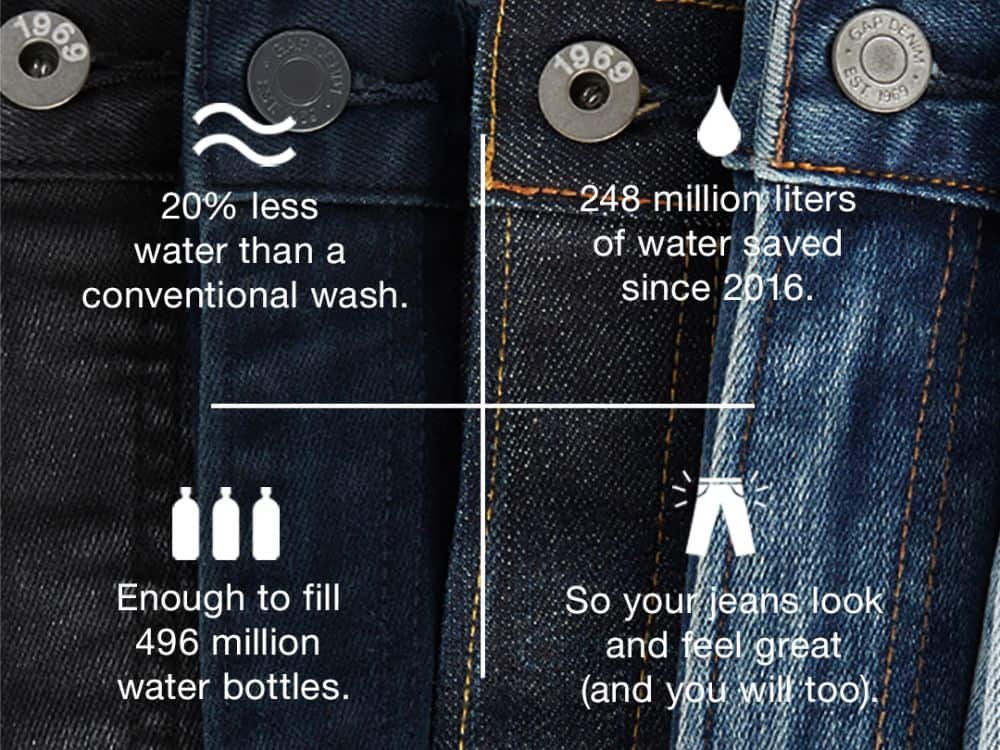
Suffice it to say there are still some major gaps in Gap’s ethics, but is Gap sustainable?
Gap For Good
Gap For Good is the brand’s sustainability initiative encompassing sustainable practices, including responsible sourcing of materials, reducing environmental impacts, and supporting communities where it operates.
One way Gap For Good empowers customers is through a globe decal on product hang tags, indicating it’s made with less water or at least 50% sustainable materials, such as recycled materials, regenerative cotton, organically grown cotton, cotton-in-conversion to organic, U.S. Cotton Trust Protocol verified cotton, TENCEL™, TENCEL™ × REFIBRA™, LENZING™ ECOVERO™, Livaeco by Birla Cellulose™, Eastman Naia™, and partially plant-based EVA.
First, we’d like to point out that not all of these are what we would consider sustainable. Certified organic cotton alone is subject to so much greenwashing that uncertified “organically grown cotton” is even more suspect.
There’s also no data to tell us just how much of Gap’s total product line is made of Gap For Good products, versus conventional ones.
Raw Materials
Gap selects preferred fibers using the Higg Materials Sustainability Index (Higg MSI) and the Preferred Fiber and Material Matrix from the Textile Exchange.
They have a primary focus on cotton, with 98% coming from sustainable sources, including Better Cotton Initiative (though again, we have some issues with BCI cotton’s greenwashing), organic/organically grown, US-grown, recycled, regenerative, or conversion to organic.
Gap plans to increase its recycled polyester across all branches to 45% by 2025 and is at 19% as of 2023.
Chemicals
Gap Inc. eliminated PFC-based coatings across its entire supply chain in 2023. They achieved this thanks to a comprehensive list of chemical restrictions—Restricted Substances List (R.S.L.), Manufacturing Restricted Substances List (M.R.S.L.), and P.F.C. Policy.
These guidelines are informed through global regulations, hazard considerations, and industry standards, like the Z.D.H.C.
Gap ensures compliance across its supply chain through third-party tests and monitoring using industry-leading data services.
Water Stewardship
Gap is a founding member of the Water Resilience Coalition and utilizes a three-part water stewardship strategy—make clean drinking water more accessible, minimize water use in production, and replenish water sources through partnerships with groups like WASH4Work, World Water Week, Valuing Water Finance Initiative (V.W.F.I.), CARE, Water.org, and WaterAid.
Gap Inc. also reduces water at the product stage through programs like Washwell™, which reduces the water used in fabric dyeing and finishing by 20% percent compared to traditional methods.
Per their 2023 CDP Water impact report, their total water withdrawal was 25,408.07 megaliters, or about 6.7 billion gallons, but they want to achieve a more water-resistant value chain and have thus set a 2023 target “to reduce water use and replenish water to nature equivalent to all the water used in manufacturing clothing and in our company-operated facilities—though we were unable to find what this exact target is.
They have collectively saved 17.4 billion liters of water compared to a 2014 baseline.
Gap has also provided over 2.4 million individuals access to clean drinking water and sanitation since 2017.
Carbon Commitments
Gap plans to reach net zero emissions by 2050 and has made the following progress as of 2022:
- 58% of electricity for company-operated facilities came from renewable sources
- Reduced Scope 1 and 2 emissions by 77% from a 2017 baseline.
- Reduced Scope 3 emissions from purchased goods and services by 16% from a 2017 baseline.
Since 2018, they’ve been publishing annual climate reports, all of which—along with all their Social Responsibility Reports since 2003—are available on the Gap Inc. website. These reports provide an in-depth (albeit not very accessible to the layperson) analysis of their emissions across various facets of operations.
As of 2023, Gap is working toward submitting a net-zero target to SBTi for approval and creating a long-term strategy to achieve net-zero emissions by 2050.
That all sounds well and good, but if one digs into the meat of their difficult-to-navigate 2023 climate report, they’ll find that Gap’s Scope 1 emissions alone have actually increased significantly since reporting began—from 27,270 metric tons CO2e baseline in 2018 to 41,942 metric tons in 2023.
Circularity & Plastic Reduction
As of 2022, Gap Inc. has eliminated 47% of problematic plastics in packaging, replacing them with paper or reusable alternatives.
By 2025, Gap set a goal of having at least half of all plastic packaging for consumers made from 100% recycled content. They achieved this target early in 2022 with 80% of all consumer plastic packaging made with 100% recycled content.
Gap also partners with online second hand store thredUP to encourage customers to resell used clothing, donate clothes to charity, and recycle plastic e-commerce packaging.
Did you know we Have a Newsletter?
We cover the latest in sustainable living, fashion, zero waste, beauty, travel, finance and more…
Pin these:
